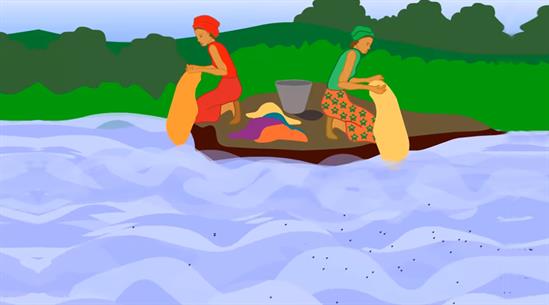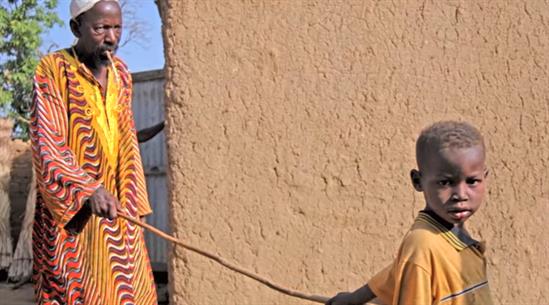Mary has volunteered as a community health worker in her village, helping to fight neglected tropical diseases, since 1975. Now she helps us distributed medication to protect people against River Blindness.
Verifying the elimination of onchocerciasis
Verification of onchocerciasis elimination is the official recognition by WHO of a country’s onchocerciasis-transmission-free status. WHO has developed a framework for the control, elimination and eradication of NTDs that outlines a standardized process for reviewing and confirming the achievement of the NTD road map targets.
The process for verification of elimination of onchocerciasis is used for formal confirmation of elimination of onchocerciasis transmission. Countries wishing to be recognized for their success can request official veriification from WHO by providing adequate evidence that the elimination targets have been achieved.
To date, WHO has verified four countries in the Region of the Americas in collaboration with the Regional Office and the Onchocerciasis Elimination Program for the Americas (OEPA). Launched in 1992 under the Pan American Health Organization, OEPA has the goal of interrupting onchocerciasis transmission in six endemic countries in Latin America by 2015. As of 2023, four countries have been verified by WHO as having interrupted transmission: Colombia (2013), Ecuador (2014), Mexico (2015) and Guatemala (2016).
The verification process is outlined in the WHO guidelines for stopping mass drug administration and verifying elimination of human onchocerciasis



